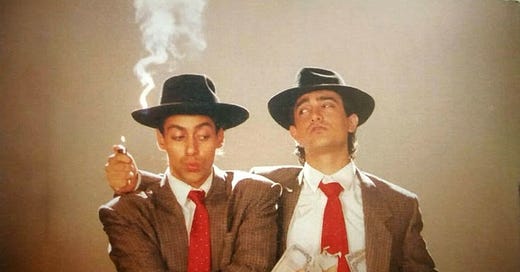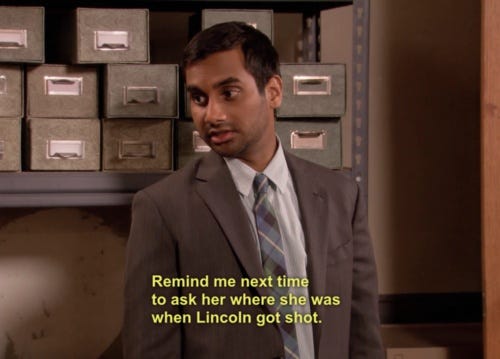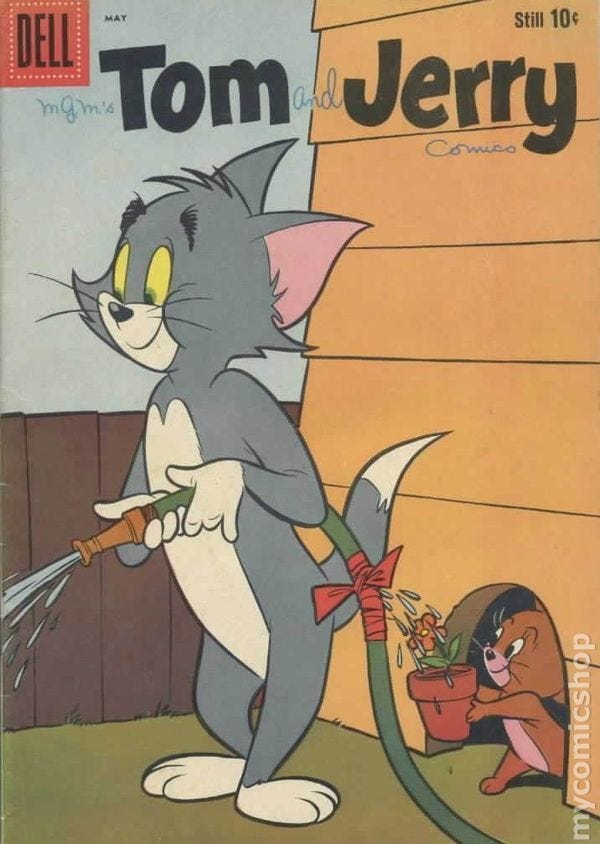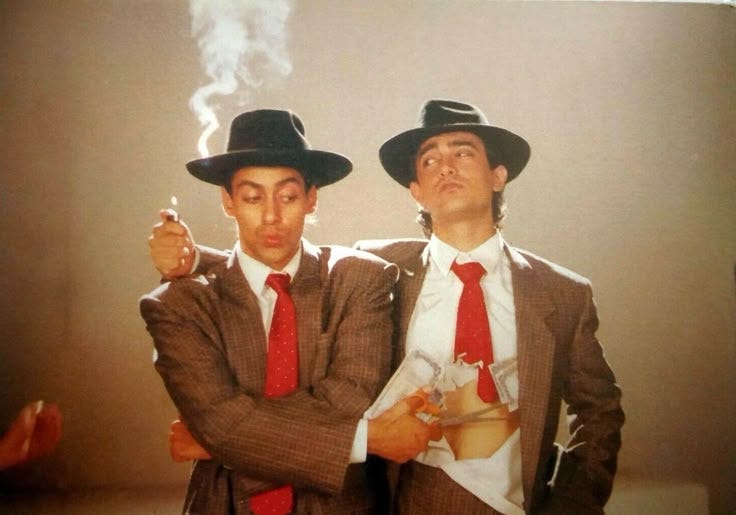I have been rewatching “Parks And Recreation” (Parks and Rec) lately which is one of the most loveable shows in the world. While watching it, I ended up ruminating upon the characters of Tom Haverford and Jerry Gergich. The former pushes the envelope of ‘swagger’ a bit too far while the latter is the finest degree of a klutz. Two characters who are ‘seemingly’ poles apart are finally brought together in Season 5, Episode 20 of Jerry’s retirement. The Parks Department’s boss, Ron Swanson claims that it won’t take long until someone finds the next ‘Jerry’ in the group. Lo and behold! For a good 10 minutes in the episode, Tom stumbles over his words and becomes the new Jerry, the unofficial comic relief of the group. The connection might come surprising for a minute. However, it isn’t because his purported slickness might be a shade better than Jerry’s clumsiness, it still is far-fetched with a million good punch lines trailing right behind it. Eventually, Tom is humanised when he admits that he had to reinvent himself to stop being a ‘Jerry’ since he was seen as an outcast on account of being an Indian.
Before I begin to unpack this, I want to shed light on “Tom and Jerry”. The series of these comedy short films were created by William Hana and Joseph Barbera for Metro-Goldwyn-Meyer in 1940. Tom and Jerry made their debut in the theatrical short, “Puss Gets the Boot” and the rest is history.
I want to highlight that while Tom and Jerry shows a constant chase of the predator (Tom) by his prey (Jerry), the cartoon becomes enjoyable because Tom is both as stupid and as smart as Jerry. It is a chase that never reaches a culmination and is only played out like a series of tricks where both laugh at each other’s expense and the viewers laugh at theirs. I had also read somewhere that the naming of the cartoon is strategic. That is, it’s not Tom v/s Jerry because Tom and Jerry are ultimately on the same side and are, somehow, dependent on each other to exist.
This led me to think about comic reliefs and how they make us laugh because their exaggerated stumbling over the ‘obvious’ reflects some parts of us. Furthermore, I realised that the whole “Tom and Jerry” trope is one of the most oft-repeated tropes in comedy. The ‘Tom’ would probably be a funnier, more self assured person in comparison to a ‘Jerry’ who will be the butt of every joke. However, they live on the two sides of the same coin. What is also striking is the idea of the interchangeability of roles that continually exists in their relationship.
Some examples of this trope can be seen in shows like “The Office” with Jim and Dwight and in Bollywood movies like “Andaz Apna Apna” where both the characters are equally laughable and equally flawed. While Parks and Recreation offers a glimpse of the Tom and Jerry dynamic, Andaz Apna Apna dives right into it by depicting both the characters who alternatively become Tom and Jerry whilst trying to make each other’s lives miserable with childish farcical humour that will leave you in belly laughs for sure. It is, in my opinion, a classic game of cat and mouse.
The Office, however, strictly adheres to the conventional hierarchy in this trope in some ways. Although, it highlights many moments where both Jim and Dwight balance and humanise each other yet it’s only Jim that can pull off a successful prank and not Dwight. What binds them together is their mutual respect and friendship.
According to me, comedy is by far one of the most accurate depictions of the human condition. It is, at times political but most of all it is deeply rooted in the twisting, extravagant and mundane nature of life itself. Farce and exaggeration are just parts of it to make the audience laugh. In fact, life is all about having a good laugh. Together. I believe that it makes it easier to look at ourselves in the mirror at the end of the day. Also, hello! Comedic denouements are the ultimate promises of happy endings. Isn’t it a relief that after every successive scene of comedic errors, things ultimately fall into place, right where they belong?








